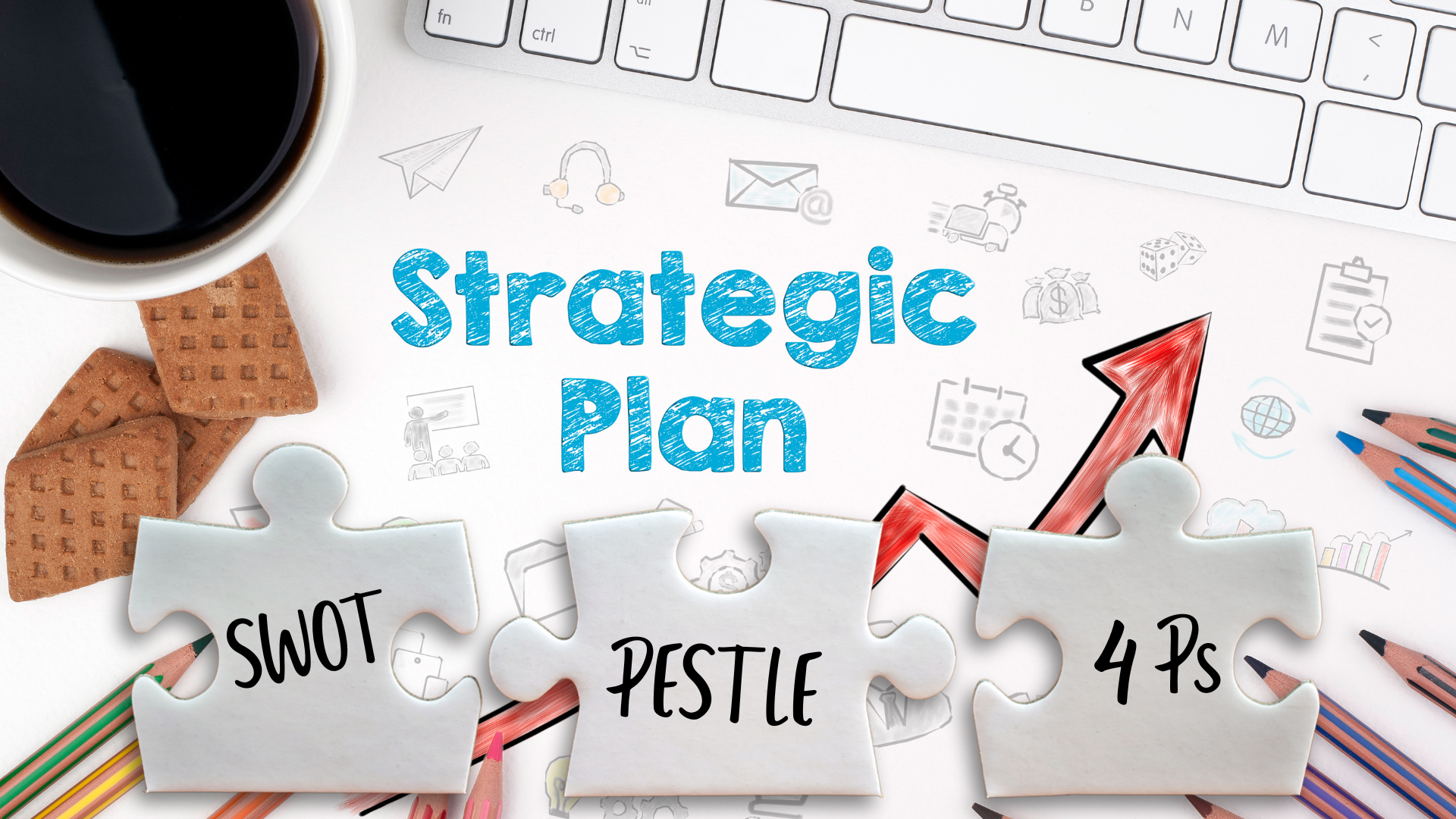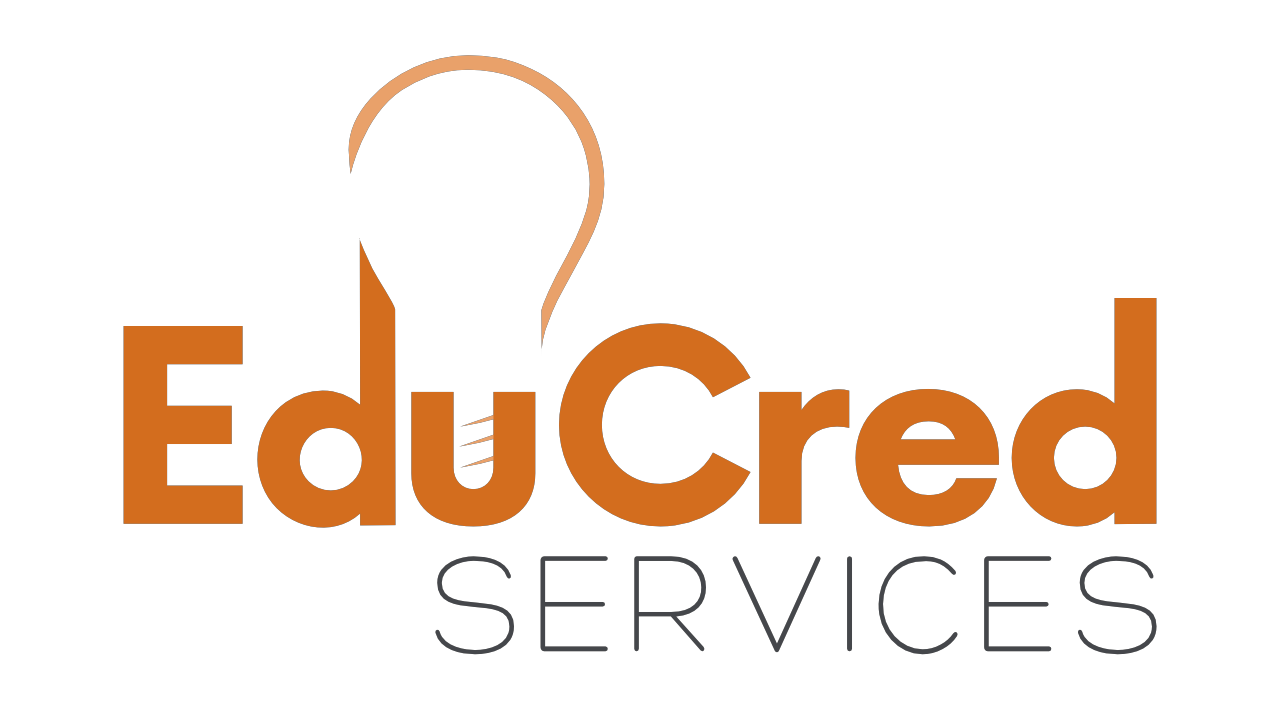
8 Things No One Tells You About Accreditation (But We Will)
Whether you’re a seasoned administrator or someone who got voluntold to help with the self-study, understanding how accreditation actually works and what it really means for your institution is crucial. And while there’s no shortage of formal definitions and policy handbooks out there, there’s a lot that tends to go unsaid. That’s where we come in. Today, we're sharing 8 things no one tells you about accreditation (but we absolutely will).

Higher Ed New Program Planning: Why Intentionality Beats Impulse
It can be really tempting to try to capitalize on the many student niches and needs by offering as many programs as you possibly can. But, as Icarus, taser owners, and anyone who’s ever painted an accent wall in their home will tell you: just because you can do something doesn’t mean that you should.

SWOT, PESTLE, or 4Ps? Which Framework Should You Use for Your Strategic Plan?
At the heart of any strong strategic plan is a clear, honest understanding of where your institution stands and what it might face in the future. That’s where tools like SWOT, PESTLE, and the 4Ps come in. In this blog, we’ll walk through how to choose the right tools (spoiler: use all three), and give you practical, not-boring tips on how to actually use them to make smart, mission-aligned decisions.

For the LUV of Culture: What Southwest Airlines Can Teach Higher Ed About Change
Both airlines and institutions navigate complex, people-centered systems in a world of rising expectations and tightening margins. Higher education has an opportunity to learn from this trajectory that change is not an existential threat but an opportunity, if done for the right reasons. The goal isn’t to become unrecognizable; it’s to be resilient and responsive while remaining true to the mission.

Anatomy of a Commencement Address: Communication Lessons from a Frog
Kermit didn’t try to reinvent himself for the stage. He just leaned into what he always does best: connect. For institutions, that’s the goal too. Say what you mean. Mean what you say. And keep saying it in ways that sound like you. Because when your message feels steady and familiar, people trust it—and that’s what makes it powerful.

